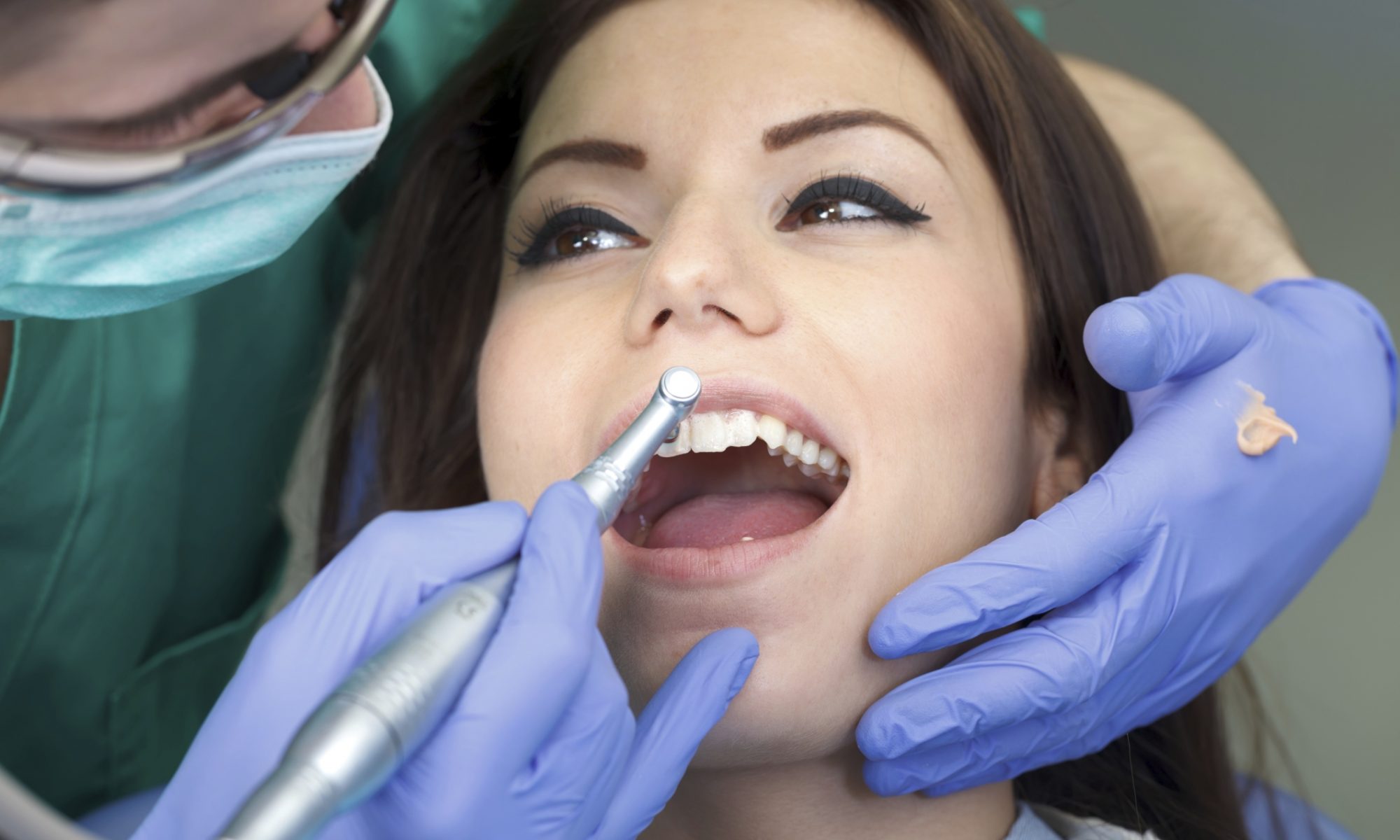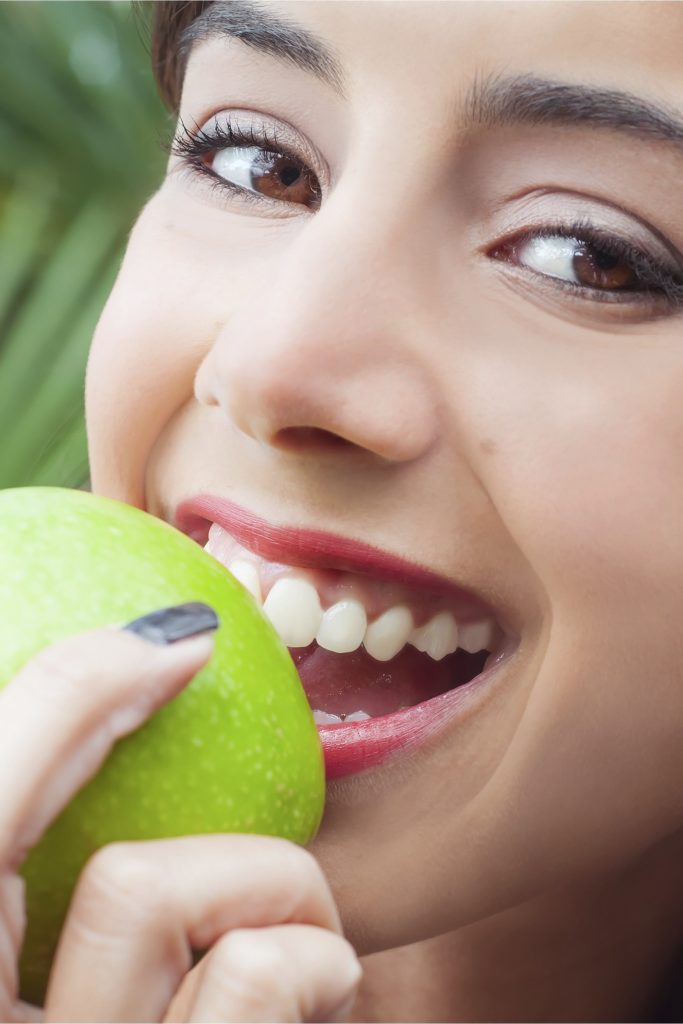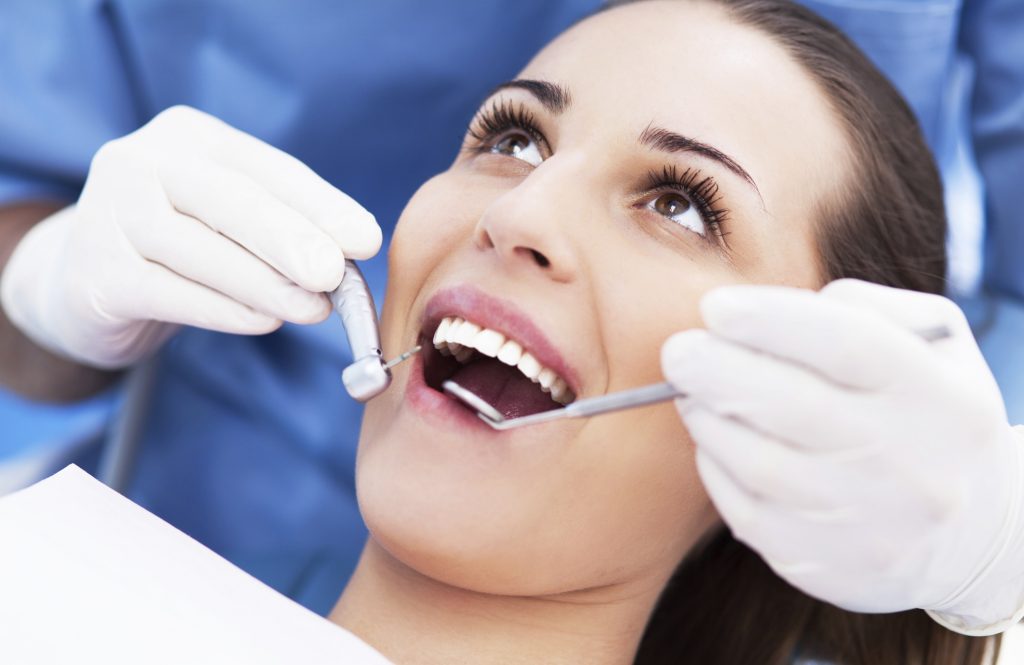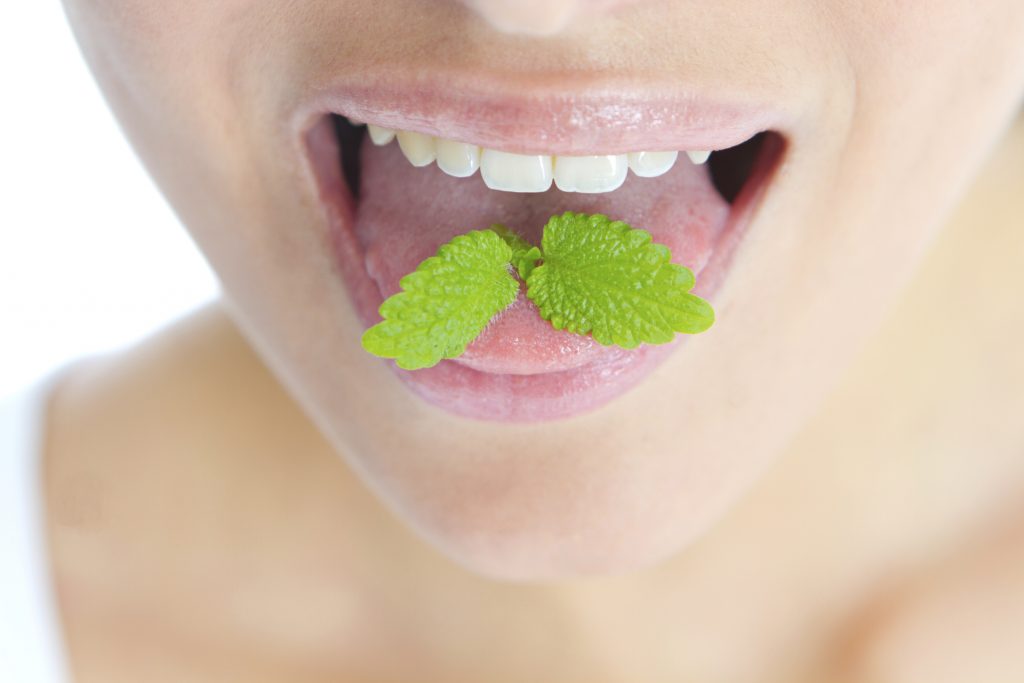Smiling in your everyday life can greatly enhance your personal health and the relationships you share with those around you. Yet, it’s important to note that there are individuals who experience smile anxiety and may hesitate to share in this exchange. Smile anxiety occurs when an individual becomes reluctant to smile in public because he or she dislikes, or is embarrassed by, the aesthetic appeal of their smile. There are many factors that may cause someone to feel this way including trauma, decay, or the way in which their adult set has grown.
Smiling and Our Health. When we smile, our brains release neuropeptides and neurotransmitters that alleviate the stressors of our day. The most common hormones associated with these results are dopamine, serotonin, and endorphins. Dopamine and serotonin are “happy hormones”, acting as antidepressants. Endorphins offer mild pain relief; together, they have been shown to reduce stress and our heart rate. A smile a day can go a long way to making us feel better and look out into the world with a positive attitude.
Smiling and Our Relationships. People who smile more often are seen as being more approachable, likable, creative, and productive. Smiling can also have a “ripple effect” as one person’s expression of joy can cause an onlooker to also feel joy and smile too. The next time you are out with friends, or a loved one could use a pick-me-up, remind them of their positive attributes and share a smile with them!
It’s important to retain gentle kindness if you know a loved one struggles with the appearance of their smile, though there are several means of restoration your dentist may accommodate.
To learn more or make an appointment today with Dr. Schnall at 212-247-7059 or visit our website at www.philipschnalldmd.com.
Dr. Philip Schnall proudly serves Central Park West and all surrounding areas.









